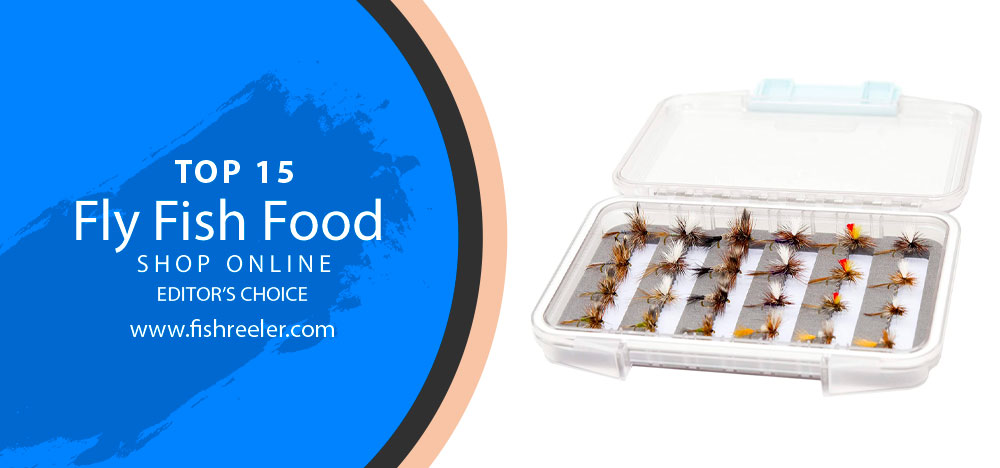
Mastering the Art of Fly Fishing: An In-depth Exploration of Fly Fishing Flies

Fly fishing is a fascinating and rewarding sport that harmoniously marries nature, technique, and artistry, presenting not only a thrilling pursuit for avid sportsmen but also a form of active meditation. At the heart of this ancient yet continually evolving sport lie the intricate and artful creations known as flies. These tiny, handcrafted lures take center stage in fly fishing, playing a pivotal role in the angler’s success and overall experience. It is around the allure of these flies that the fascinating world of fly fishing revolves.
As an angler casts his or her line into the sparkling water, the fly – meticulously designed to mimic the look and movement of local prey – dances on the water’s surface, teasing and enticing the fish below. It is a captivating game of deception, where the angler’s skills and the fly’s design work in unison to outsmart nature. The type of fly used and its presentation in the water can dramatically influence the outcome of a fishing day. This is where the intrigue lies: can a carefully designed, inanimate object successfully fool a live fish? The art and science of fly fishing are as much about understanding fish behavior as they are about the physical skills of casting and retrieving.
Riding the Currents: The Captivating World of Fly Fishing and the Artistry of Flies

Fly fishing, therefore, is much more than a mere pastime – it’s a passion steeped in tradition and fine craftsmanship. The sport allows us to connect with nature, requiring a deeper understanding of aquatic ecosystems and the life cycles of various insects. Through the careful selection or creation of the perfect fly, an angler must step into the fish’s world, considering factors such as the fish’s diet, local insect populations, and water conditions.
Are you intrigued yet? Do you want to dive deeper into this captivating world? If the answer is yes, then come along as we embark on a fascinating journey to master the art of fly fishing and explore the vital role of flies in this pursuit. So, do you have what it takes to match wits with a fish? Your adventure begins here.
Decoding the Deception: The Illustrious Role of Flies in Fly Fishing
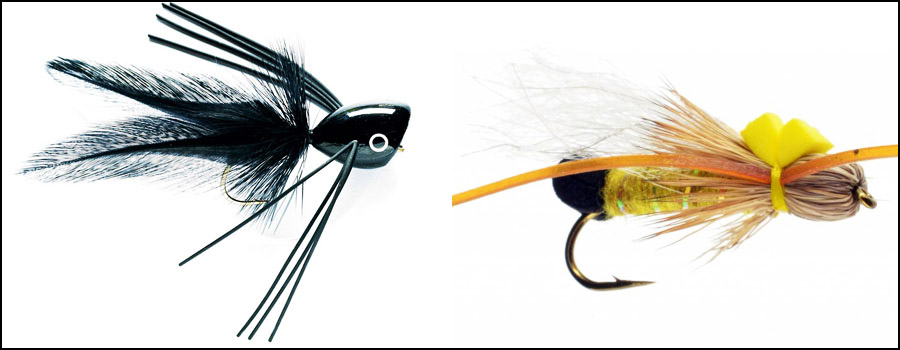
At first, glance, fly fishing flies may appear to be simply colorful, feathery baubles, but they are much more. These are skillfully crafted lures designed to mimic the aquatic and terrestrial insects, small fish, and other organisms that fish feed on. Unlike traditional fishing, where live bait or artificial lures are used, fly fishing relies on these lightweight flies. The magic of the fly lies in its ability to convincingly replicate the look, movement, and behavior of the fish’s natural prey.
The concept behind the use of flies is intrinsically tied to the habits and preferences of the fish. A hungry trout, for instance, is much more likely to strike at a fly that closely resembles a mayfly fluttering on the water’s surface or a nymph meandering in the water column. The flies are therefore designed and used to imitate the natural food sources that fish are most likely to consume.
There are many types of flies used in fly fishing, each with a specific purpose and method of use. The most common categories include dry flies, wet flies, nymphs, streamers, and terrestrials.
Dry flies are designed to float on the surface of the water and are intended to mimic adult insects, such as mayflies, caddisflies, or stoneflies. Wet flies, on the other hand, are designed to sink below the water surface and can imitate a wide variety of underwater prey, including drowned insects, larvae, and small fish.
Nymphs, which represent the larval stage of aquatic insects, are also intended to be fished underwater, often near the river bed. Streamers, usually larger and flashier, mimic baitfish or larger aquatic prey and are typically used when targeting predatory fish species. Terrestrial flies are designed to imitate non-aquatic insects (like ants, beetles, or grasshoppers) that might accidentally find their way into the water.
In essence, fly fishing flies are much more than a tool; they are the embodiment of the angler’s deep understanding and appreciation of the natural world. Their design and use reflect the beautiful complexity of aquatic ecosystems and the intricate dance between predator and prey.
Fly Fishing Flies: Crafting the Perfect Lure for the Catch of a Lifetime
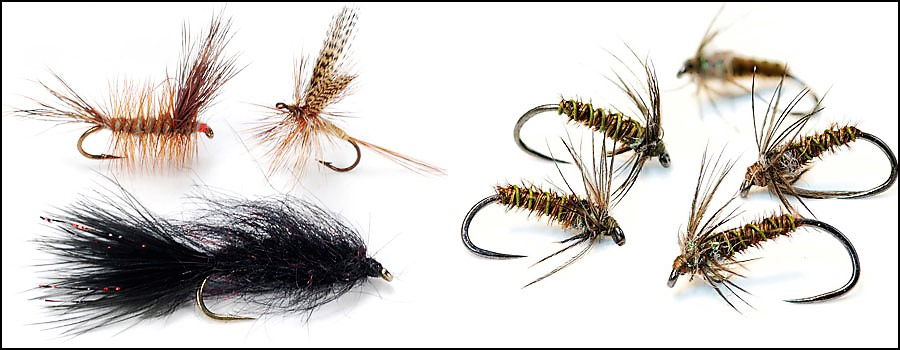
Fly fishing is a type of fishing in which an insect or larva is imitated on the surface of the water, this is achieved by using an artificial bait “fly”. This effect is achieved by using a special floating fishing line or cord.
Together with the non-drowning bait, they do not allow it to sink deep under the water. All bites are not deep. In full view of the fisherman. This is the whole point of fly fishing. And the capture of the trophy will be a personal success of the angler. For the first time, fly fishing was created for catching salmon, trout, and grayling.
Now it is very successfully used for catching pike, perch, even carp, bream, and roach. The main components of fly fishing gear are a rod, reel, undergrowth cord, and of course the fly itself. You can make them fly on their own. But it takes a lot of time and a lot of effort. Therefore, it is better and easier to buy ready-made fly fishing flies.
In a pair of boxes, lures can be all kinds of insects and their larvae, fish, worms, crayfish. And they are of different sizes, colors, and weights. This is quite important because it is necessary not just to make a similar imitation of a food object, but also to correctly feed the lure to the fish. The fisherman can show all these bites to the fish in different ways using the same tackle.
This is a very important feature of fly fishing. The angler can always be ready for fishing wherever he is. And at the same time, he has many options for what bait to deceive the fish. In this article, I want to tell you about 15 sets of lures. Keep reading if you are interested in successful fishing.

1# FISHINGSIR Fishing Assorted Waterproof Fly Fishing Flies Kit
A great set of lures for beginners and professional anglers. You will get 120 pieces of various flies. They are different sizes, colors, with and without feathers. These fly fishing lures will help you catch any fish. Wherever you are fishing, you will have bait for any fish.
They are in a practical suitcase. It is convenient to take with you. You will get 45pcs Dry Flies, 45pcs Wet Flies, 10pcs Streamer,15pcs Nymph and 5pcs Emerger. You can use flies in salt and freshwater. You will be surprised what result can bring fishing with high-quality flies!
2# Bassdash Assorted Including Streamers Terrestrials Fly Fishing Flies Kit
Flies from this set are able to lure different fish. It doesn’t matter if it’s perch, trout, panfish, or something else. 64 different flies perfectly cope with this task. You will get 16 different kinds of baits with 4 pcs each type. They are placed in a compact suitcase. You can take it with you. Convenient to store flies. You won’t lose any of them. Lures look realistic. Fish will not understand deception. This set is worth the money. This is evidenced by positive customer reviews.
3# Outdoor Planet Nymph Assortment Trout Fishing
Want to catch trout easily? This is possible with the flies from this set. It is especially suitable for those who are just starting their way of fishing. It includes 36 fly fishing lures in total and 12 patterns, each pattern 3 pieces. You will have dry, wet flies and nymphs. The baits are of good quality and have sharp hooks. Bright color. This attracts fish. The fly fishing baits themselves are in the suitcase, you can take them with you. Although buyers note that it is small enough. The key to good fishing is not only high-quality gear but also bait.
4# FlyaFish Bass Popper Fishing Panfish Dry Fly Fishing Lure Kit
This set is small but effective. With these baits, your fishing will be productive. They especially work well with the panfish. Only 10 dry fly fishing flies. They have a colorful design. They are all different colors. This is something that will definitely attract the attention of the fish. They have feathers. Strong hooks speak about the high quality of flies. A simple set for successful fishing.
5# Fishing Fly Essential Waterproof Assortment Fishing Trout Flies
A set that is suitable for any occasion. Flies are excellent at catching various fish and for catching at different times of the year. You will get fly fishing flies the size of which is from 10 to 16. This means that you can hunt for trout or perch or other fish in any reservoirs. You will have dry and wet fish, nymphs. Therefore, you can fish both in summer and in winter. With this suitcase full of fly fishing lures, you will be ready for any situation. The flies are all different sizes and shapes. But they all look realistic. No fish has ever seen the trap. If you are tired of unsuccessful attempts to catch a large fish, then this set of flies is what you need.
6# Piscifun Fishing Butterfly Floating Fly Fishing Flies Kit
Using these fly fishing bait, you will definitely return home with fresh fish. 12 bright flies will not leave you without a catch. All the lures have different colors. The colors are bright. They will definitely be able to lure fish. The hooks are of good quality, durable, and allow you to fish in various conditions. You will be surprised when you see these fly fishing lures. They look like real flies. I definitely recommend that you add this set to your tackle.
7# Superbe Flies Fishing Assortment Waterproof 24 Adams
Any beginner or professional fisherman should have a set of fly fishing lures from Adams. This set isn’t big, but it’s not too small either. Convenient to take with you. This is especially available with a transparent box that goes along with the flies. A total set of 24 flies. They all have various sizes of hooks. You will find hooks in sizes 10, 12, 14, 16, 18. This is suitable for hunting different fish. What else is nice is the affordable price. Looking for a set with an average number of flies? Then pay attention to this one!
8# YZD Fishing Flies Realistic 1 Mosquito
You need to try to understand that these flies are not real. They completely imitate real insects. The fish will definitely lead to this trap. And you will get a delicious fresh dinner. You will get 12 assistants in catching prey. All lures have an intense color. This gives an additional advantage. The fish will not have a chance. This set of flies will be a great addition to your collection.
9# Mouse Flies Fly Fishing Pattern Rat Deer Hair
Have you been trying to catch trout or perch for a long time, but still it does not work? I am sure it’s all because of the non-effective baits. In order to catch a large fish, you need a good lure. You can breathe out; you’ve already found it. These flies look like mice. And they look realistic. No fish will be able to swim by. The set includes 3 mice. The fish will not have time to understand how you will be on the hook. As practice shows, these baits work so well that fishermen order more mouse flies.
10# Trout Fly Assortment Grasshopper Collection
Trout, salmon, perch, pinfish will not be able to resist these fly fishing lures. Their realistic appearance will not leave the fish a chance. If you choose this setting, you will have 12 flies. They all have strong hooks that are made of high-carbon steel. Size of hooks 10. These dry flies will provide you with delicious fish for dinner.
11# Thor Outdoor Topwater Assortment Attractors Fly Fishing Kit
It is a fascinating sight when a fish bites on the lure. And you will have a sense of satisfaction when you hold the caught fish in your hands. The set includes 14 various fly fishing flies. Different fish will appreciate each of them. All fly fishing lures look different, but they are all bright and attractive. A delicious dinner will be provided for you!
12# Waterproof Pocketed Assorted Fishing Package Outdoor Planet Waterproof Fly Box
The number of bright fly fishing bait immediately catches the eye. For an affordable price, you will get 100 different flies. You can catch both large fish and small ones. You will get 20 different fly designs. This allows you to fish in various conditions. They are easy to take with you. They are placed in a convenient box that does not take up much space in your bag. The flies themselves are not large, almost each about 15 mm.
13# Fly Crate Tungsten Streamer Assortment Bead Barbless Jig Woolly Bugger Streamer
If you are looking for a gift for your friend who is an angler, then this is it. This set will definitely appeal to any fan of fishing. The set includes 6 fly packs. They are strong and heavy thanks to tungsten beads. Heavyweight drives the nymphs quickly to the bottom. This is especially good when the current is fast. With these fly fishing flies, you can hunt any kind of fish. This is what you need for good fishing!
14# Croch Designs Floating Assortment Waterproof Fly Fishing
A set of flies that is suitable for any occasion. You can buy a set of 60 pieces or 120. If you choose a set of 120 pieces, you will get lures in 21 various styles. This allows you to catch different fish and under many conditions. They also have 6 different hooks. This gives you the opportunity to hunt both large and small fish. All fly fishing bait has a bright design. The fish will definitely pay attention to them. And you will go home with the catch. Keep flies in a convenient and practical box.
15# ZZWIF Fishing Simulation Floating Sinking Fly Fishing Lures Bee Flies Fishing Kit
These fly fishing lures mimic bees. They look like real insects. Even a person will not immediately determine that this is a fake. These flies increase your chances of catching perch, trout, and other large or small fish. The bait is made of metal and artificial feathers. In the set, you will get 12 pieces. You will be happy with how these fly fishing flies work!
Nature’s Palette: The Diverse Types of Flies and Their Ecological Mimicry
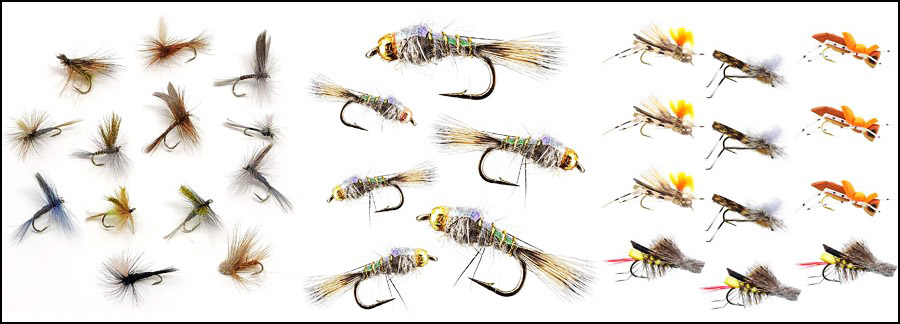
In the world of fly fishing, the variety of flies available to anglers is as diverse and complex as nature itself. Each type of fly serves a unique purpose and is designed to simulate different types of natural prey in distinct ways. The more common categories include Dry Flies, Wet Flies, Nymphs, Streamers, and Terrestrials.
Here’s the information you provided in table form:
| Type of Fly | Description | Imitation | Best Used |
|---|---|---|---|
| Dry Flies | Designed to float on the water surface, mimicking adult aquatic insects. | Adult mayflies, caddisflies, or stoneflies in their airborne stage. | During a hatch, when fish are actively feeding on the surface. |
| Wet Flies | Designed to be fished underwater, can imitate a variety of underwater prey. | Drowned adult insects, emerging nymphs, larvae, or even small baitfish. | When fish are feeding underwater, targeting prey lower in the water column. |
| Nymphs | Imitate the underwater nymph stage of aquatic insects. | The nymph stage of aquatic insects, before they emerge as adults. | Throughout the year, as many fish species feed heavily on nymphs. |
| Streamers | Larger flies designed to imitate larger aquatic prey, often used when targeting predatory fish species. | Baitfish, crayfish, leeches, or other larger aquatic prey. | When imitating movements of fleeing or injured prey, appealing to predatory fish species. |
| Terrestrials | Imitate non-aquatic insects and land-based creatures that can end up in the water. | Ants, beetles, grasshoppers, and other land-based creatures. | In late summer when terrestrial insects are more likely to fall into the water. |
🚩Each of these types of flies represents a different tactic in the fly fisher’s arsenal, allowing them to effectively “match the hatch” or imitate the most likely food source for fish at any given time. By understanding the different types of flies and their uses, anglers can improve their chances of a successful day on the water.
The Game of Selection: Mastering the Art of Choosing the Perfect Fly
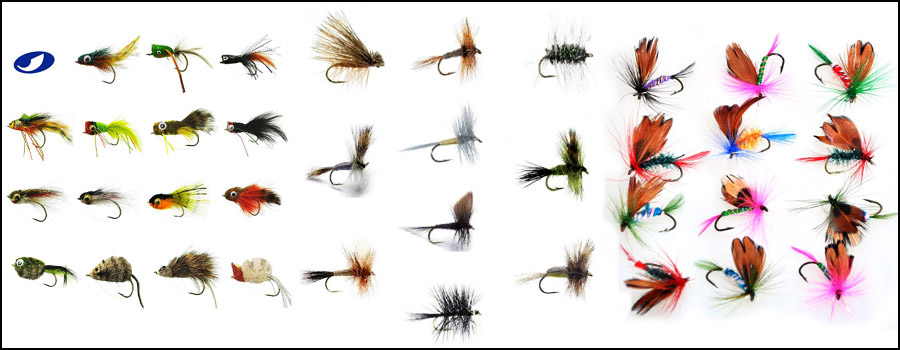
Choosing the right fly is a critical component of successful fly fishing. It’s an art that requires an understanding of several factors, including the species of fish, the season, and the local insect populations, amongst others. These factors collectively help in selecting a fly that will most likely attract the fish. But what does it truly mean to choose the right fly?
One fundamental concept in fly fishing is “matching the hatch,” a phrase coined to describe the process of selecting a fly that most closely resembles the insects currently hatching and prevalent in the environment. This is based on the understanding that fish, particularly those in heavily fished waters, can become extremely selective about what they eat, often favoring the insect species that are most abundantly available at that time.
For instance, if mayflies are currently hatching in the stream you’re fishing, it would be wise to choose a dry fly that imitates a mayfly. On the other hand, if the season is late summer and terrestrial insects like grasshoppers or ants are accidentally dropping into the water, using a terrestrial fly would make sense.
The species of fish you are targeting also influences the choice of fly. Different species of fish have different dietary preferences and behaviors. For instance, trout are known to feed heavily on nymphs, so a nymph fly would be a good choice if you’re fishing for trout. If you’re going after a predatory species like pike, a larger streamer mimicking a baitfish might be the more effective choice.
Water conditions also play a role. After a heavy rain, for example, the water might be murky, making it harder for fish to see your fly. In such cases, using a larger, more vibrant fly might help attract the fish’s attention.
Lastly, don’t underestimate the value of local knowledge. Every river, stream, or lake has its own unique ecosystem. Speaking with local anglers or fly fishing guides can provide valuable insights into which flies are most effective in that specific location.
🚩Remember, choosing the right fly isn’t just about what you think looks good—it’s about what the fish think looks good. By considering these factors and learning to “match the hatch,” you can significantly enhance your chances of having a successful and rewarding day of fly fishing.
Handcrafting the Lure: An Invitation into the Realm of Fly Tying
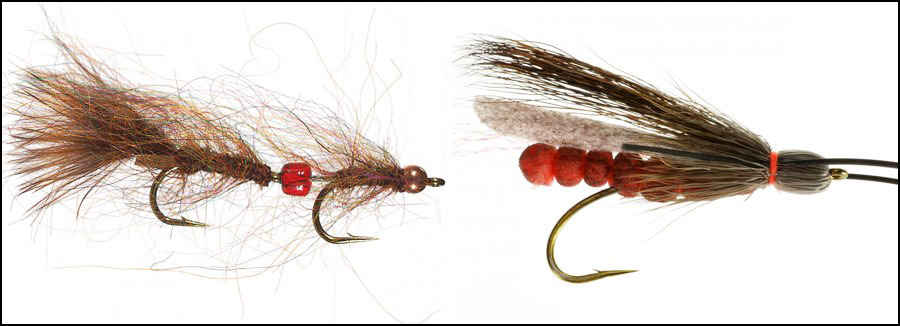
Fly tying is a compelling aspect of fly fishing that combines artistry, biology, and craftsmanship. This practice involves the construction of fly fishing lures, referred to as flies, using various materials such as feathers, threads, and furs tied onto a hook. Not only does tying your own flies offer a deeper connection to the sport of fly fishing, but it also provides an avenue for personal creativity and the opportunity to design lures that are custom-tailored to the local conditions and species.
Many anglers choose to tie their own flies for a variety of reasons. First and foremost, it allows for the creation of custom flies designed specifically for the waters they fish in and the fish they are targeting. For instance, if a certain color or type of insect is abundant in a particular stream, anglers can design their flies to match these conditions perfectly.
Another advantage is the potential cost savings. While the initial investment in tools and materials can be somewhat substantial, over the long run, it can be more economical to tie your own flies than to continually purchase pre-made ones.
Furthermore, fly tying can be a rewarding hobby in and of itself, offering a sense of satisfaction and accomplishment. It also allows anglers to extend their connection to fly fishing beyond the river, enjoying the sport even when they are unable to be on the water.
To start with fly tying, you’ll need some basic tools and materials. The fundamental tools include a fly-tying vise to securely hold the hook, scissors for cutting materials, bobbin holders for managing thread tension, and a whip-finishing tool for securing the knot at the end of the tie.
Materials can vary widely depending on the type of fly you intend to tie, but some essentials include tying thread, hooks of various sizes, feathers, fur, dubbing (a type of yarn used to make a fly body), and synthetic materials for added flash or specific effects.
🚩Remember, while there is a science to tying flies, there’s also an art. It’s an opportunity to express your creativity while enhancing your connection with the natural world. Whether you tie flies for practical reasons, or you simply enjoy the craft, fly tying can add a new dimension to your fly fishing experience.
Preserving the Art: Essential Care and Maintenance for Your Fly Collection

Proper care and maintenance of your fly fishing flies not only helps to prolong their lifespan but can also ensure their effectiveness on the water. These handcrafted items, whether purchased or personally tied, represent an investment of both time and money, so taking steps to maintain them is well worth the effort.
Firstly, always ensure your flies are thoroughly dried after each fishing outing. Moisture is the primary enemy of fly longevity. When flies are stored wet, they are prone to developing rust and mold, which can degrade the materials and even spread to other flies in your box. After fishing, it’s advisable to remove the flies from your fly box and allow them to air dry before storing them again. Some anglers choose to use drying patches or foam for this purpose.
Storage is another vital aspect of fly care. Use a well-designed fly box that keeps flies separate and prevents them from crushing each other. Ideally, the box should be waterproof and have enough space to accommodate your flies without them touching each other. Fly boxes with individual compartments or foam slits can be especially helpful.
Cleaning your flies is also important, particularly if you’ve been fishing in saltwater. Salt can be corrosive and can damage both the hook and the materials of the fly. Rinsing your flies in fresh water after a saltwater outing can help prevent this damage.
If your flies get disheveled or matted after use, a small brush can be used to gently tease the materials back into shape. Be careful when doing this not to pull too hard and damage the fly.
Finally, consider performing periodic checks of your flies for signs of wear and tear. Hooks can become dull or bent, and materials can wear out or become loose. Catching these issues early can allow for minor repairs that can extend the life of your flies.
By taking the time to care for your flies, you can protect your investment and ensure you’re always ready for a successful day on the water. In fly fishing, as in many other pursuits, proper maintenance can greatly enhance your overall experience and success.
Exploring Deeper: Key Resources and Learning Opportunities for Aspiring Fly Fishers
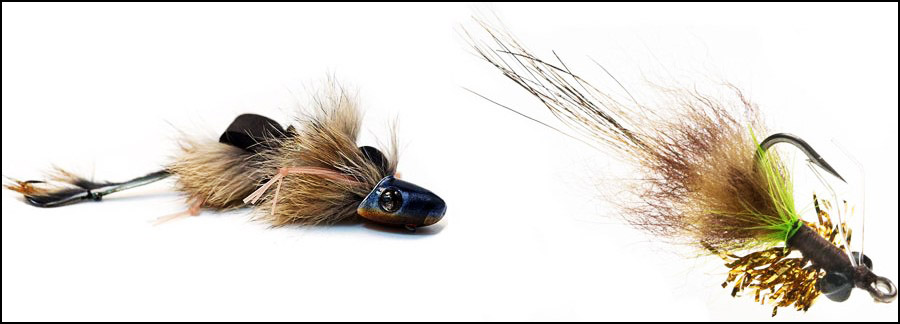
Learning about fly fishing and fly tying is an ongoing journey, and fortunately, there are numerous resources available to help you along the way. From books and online materials to in-person classes and community events, there are many ways to deepen your knowledge and improve your skills.
When it comes to books, some classics in the field stand out. “A River Runs Through It” by Norman Maclean, though more of a narrative than a guide, has inspired countless people to take up fly fishing. For a more instructional approach, “The Little Red Book of Fly Fishing” by Kirk Deeter and Charlie Meyers, or “The Orvis Fly-Fishing Guide” by Tom Rosenbauer offer comprehensive introductions to the sport. For fly tying, “The Fly-Tying Bible” by Peter Gathercole is an excellent resource, providing step-by-step instructions for tying 100 popular fly patterns.
Online resources are plentiful, with many websites, blogs, and forums dedicated to all aspects of fly fishing and fly tying. Websites like Orvis’s Learning Center or the Fly Fishing section of the Outdoor Life website offer a wealth of articles and instructional videos. YouTube also hosts thousands of tutorials for tying different types of flies.
For more hands-on instruction, consider enrolling in a fly fishing or fly tying class. Many local community colleges, adult education programs, or outdoor stores offer such classes. Additionally, companies like Orvis offer fly fishing schools in various locations around the country.
Connecting with experienced fly fishers can also be immensely beneficial. Local fly fishing clubs often host outings, workshops, and seminars, providing great opportunities to learn from seasoned anglers. Additionally, fly fishing events, like trade shows or fly fishing festivals, can offer opportunities to see demonstrations, try out new gear, and learn about the latest techniques and innovations in the field.
🚩Remember, every angler has a unique approach to fly fishing, and there’s always something new to learn. Whether you’re a beginner or have been fly fishing for years, staying open to new ideas and continuing to educate yourself can greatly enhance your experience and success on the water.
FAQ: The Evolution and Impact of Fly Fishing Flies
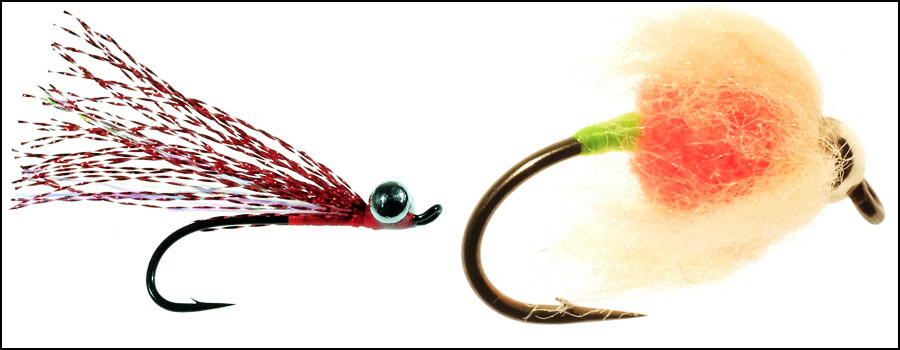
Fishing for Joy: A Final Dip into the Enthralling World of Fly Fishing

In conclusion, mastering the art of fly fishing is a journey as much as it is a destination. We’ve explored various facets of the sport, from understanding the purpose and variety of fly fishing flies, and the art of choosing the right fly to match the hatch, to the craft of tying your own flies, the importance of maintaining them, and the resources available to help you learn and grow in your fly fishing journey.
Each type of fly – Dry Flies, Wet Flies, Nymphs, Streamers, and Terrestrials – represents a unique approach to mimicking nature’s bounty and offers the opportunity to “match the hatch” and maximize your chances of a successful catch. Tying your own flies allows a deeper connection with the sport, imbuing it with personal creativity and precise response to specific fishing conditions.
Caring for your fly collection prolongs its lifespan and ensures you’re always ready for action, while an abundance of learning resources ensures you’re never alone on your journey, offering guidance, tips, and community.
Fly fishing is more than just a sport—it’s an experience that brings you closer to nature, provides moments of tranquil solitude, and offers thrilling bouts of excitement. It’s an art that requires patience, observation, and understanding. As you venture into the world of fly fishing, may you discover not just the thrill of the catch, but also the joy of the journey, the beauty of nature, and the artistry of this timeless sport. Embark on this adventure, and let the rivers and streams be your guide to a world waiting to be explored.
Whether you are an amateur or a professional, you still want to go home with a good catch. To make it happen, you need good bait. High-quality flies perfectly cope with this task. I have told you about 15 fly fishing lures that will bring you results. If you still don’t know which set to choose, read the article again. This will help you make the final choice.
Tags: #fly fish food / #fly fish food store / #fly fishing flies / #best inflatable boat for ocean fishing / #fly fishing flies identification / #fly fishing flies for trout / #cheap fly fishing flies


I live in Tenerife (Canary Islands) for the last 10+ years and share my daily fishing experiences on my website. Many years of personal experience as a fisherman and the vast experience of my friends allow me to write professionally on any fishing topics (from choosing a flashlight and equipment to deep-sea fishing).
All of my advice is based on practical real-world experience and will be useful to both novice anglers and professionals. Read more about the author.
Affiliate Disclosure: FishReeler.org sometimes gets paid for listings, through sponsors or affiliate programs like Amazon, Ebay, Cabelas, Bass Pro Shop, Shimano, Daiwa, Rapala, Renn, Okuma, KastKing, etс. Clicking a link helps keep FishReeler.org free, at no extra cost to you!
About the author: Each article is verified by the fishing expert Sergio Smirnoff. The articles are written by professional and amateur fishermen with 20+ years of fishing experience.
Note: The views and opinions expressed in this article are those of the authors and do not necessarily reflect the official policy or position of any agency. The articles are for informational purposes only, share your opinions in the comments and join the fishing discussions, let's share our fishing experiences together!

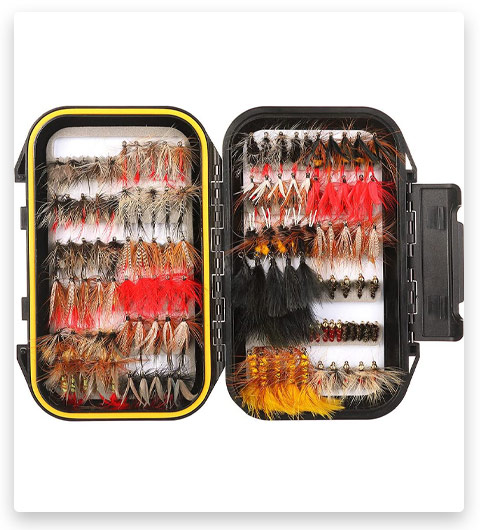

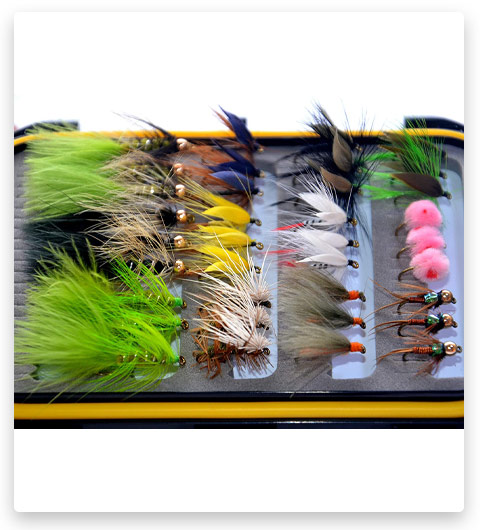
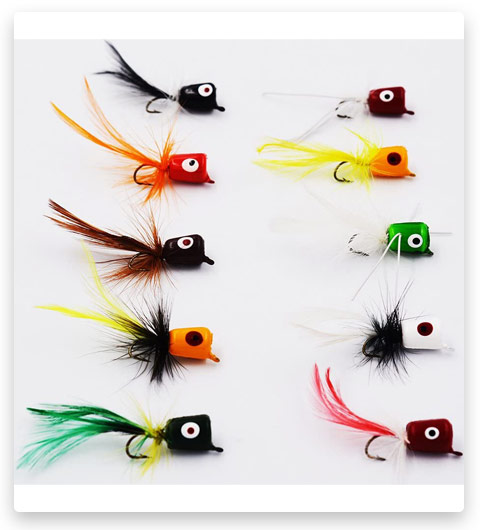
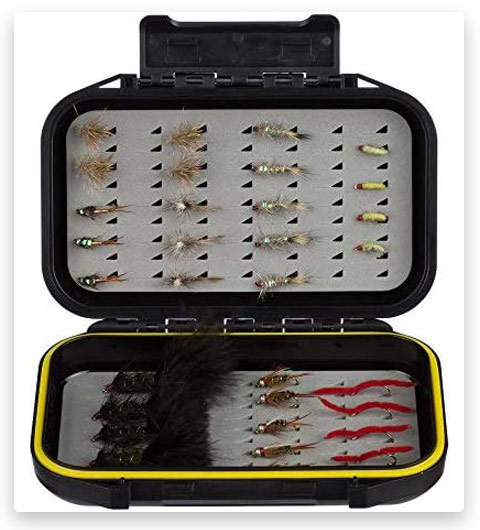

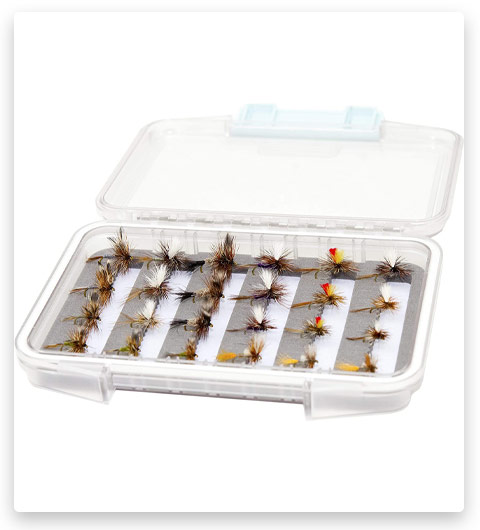
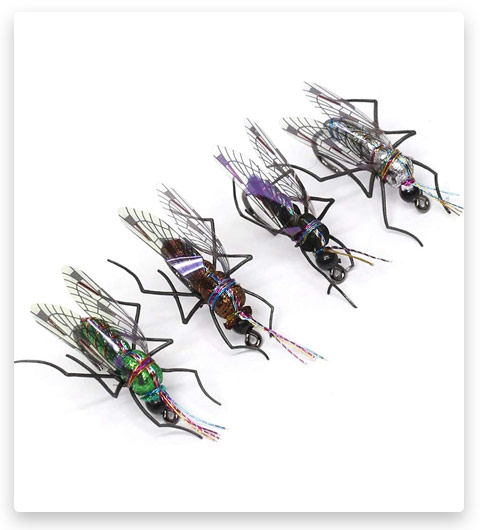
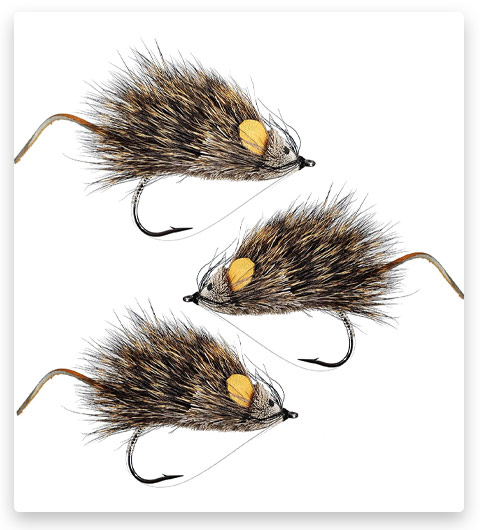
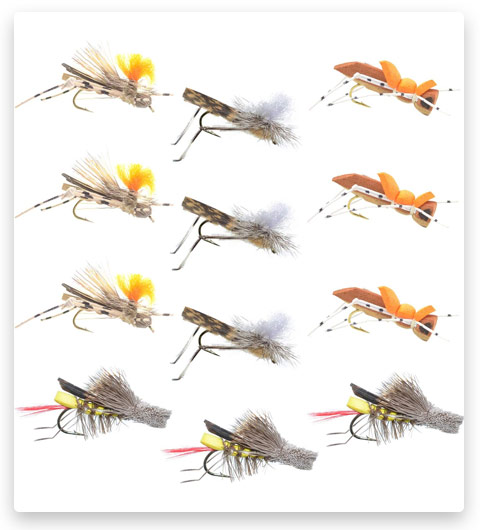
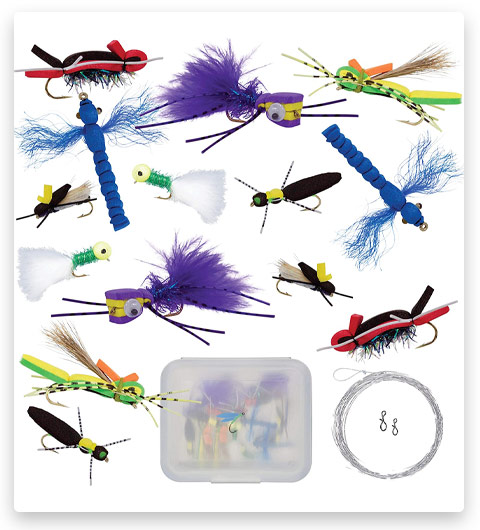
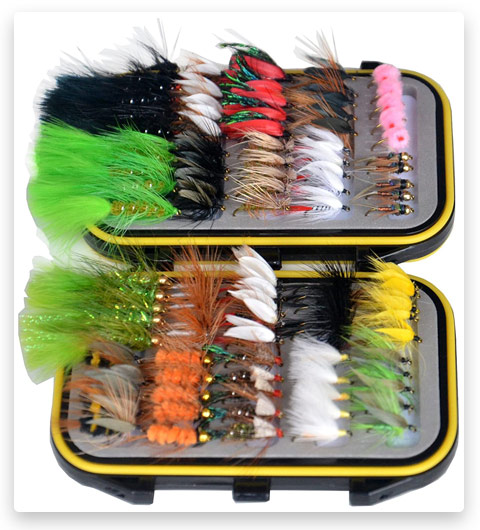
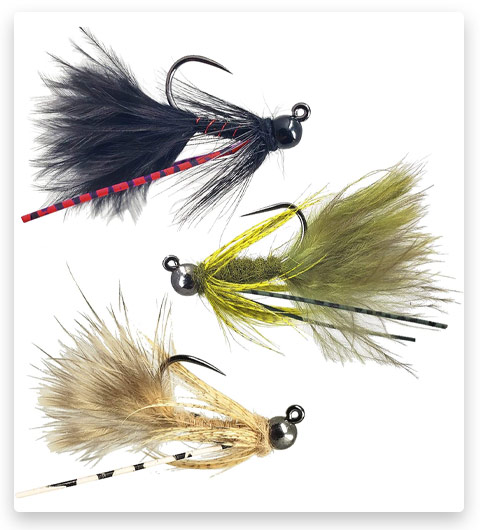
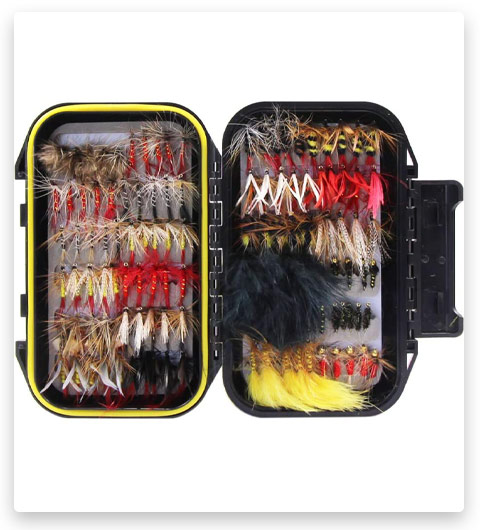
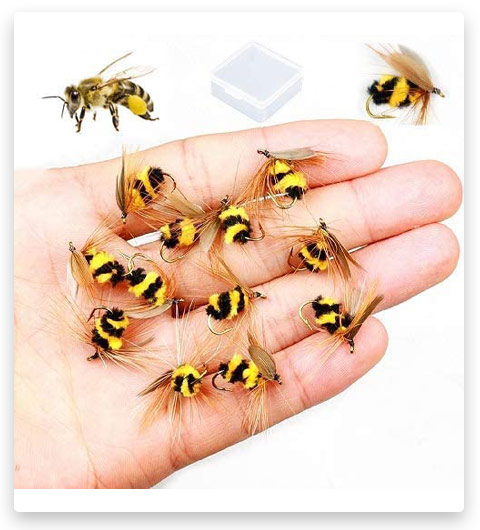
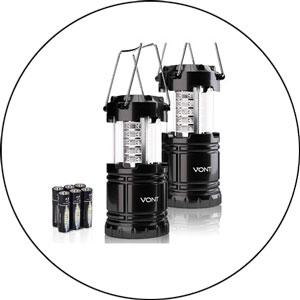
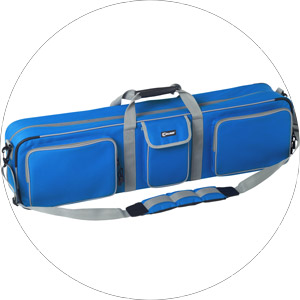
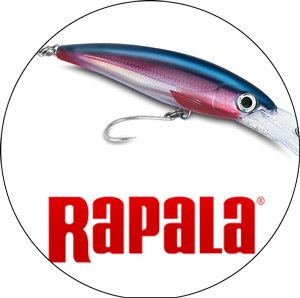
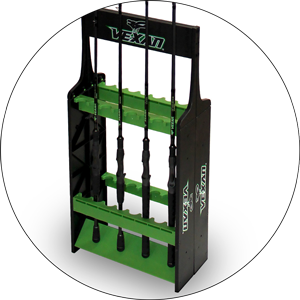
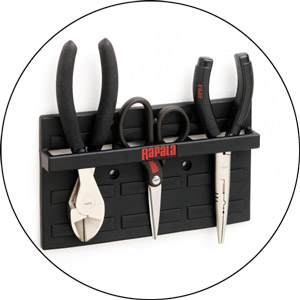
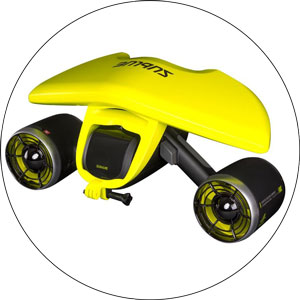
What a wonderfully detailed exploration of the world of fly fishing! As an avid fly fisher myself, I can truly resonate with the sentiments expressed in this piece. The captivating blend of artistry, technique, and intimate connection with nature in this sport truly makes it much more than a simple pastime.
The author elegantly captured the essence of the craft, bringing out the art and science of fly creation and its role in the grand scheme of things. It’s amazing to think that a tiny handcrafted lure can hold so much power – influencing the success of a fishing expedition and even serving as a testament to the angler’s understanding of the fish’s world.
I love the metaphor of fly fishing being a game of deception. It’s a delicate dance between angler, fly, and fish, where every cast is a strategic move and every bite a validation of your skills and understanding of the environment. To me, that’s the crux of fly fishing – the subtle art of persuading a fish that your crafted piece of feather and string is indeed its next meal.
The mention of fly fishing’s role as a means to connect with nature resonated deeply with me. Understanding aquatic ecosystems, the life cycles of insects, and the dietary preferences of the fish you’re pursuing adds a new level of appreciation and respect for nature’s complexity and beauty.
The article also effectively brought out the diversity in the field of fly fishing, from targeting traditional fish like salmon, trout, and grayling to pike perch, and even carp. It’s amazing how adaptable and versatile the sport has become, constantly evolving and challenging us as anglers.
However, I would’ve loved to see a more in-depth exploration of the art of fly creation – the process, the materials used, and how different designs cater to different conditions and target species. As someone who enjoys crafting his own flies, I believe that it’s a crucial part of the experience that deserves a spotlight of its own.
Lastly, I appreciate the invitation for readers to further delve into this captivating world. Fly fishing is indeed an enriching journey – one that teaches patience, precision, and humility. Looking forward to reading more about those 15 sets of lures the author mentioned!
All in all, this was a great read that encapsulates the spirit of fly fishing quite well. It’s articles like these that make me fall in love with the sport all over again.